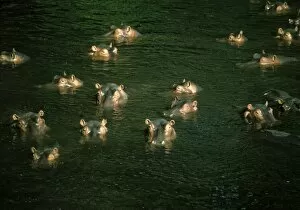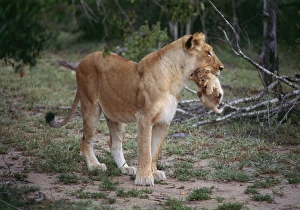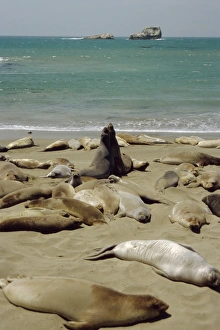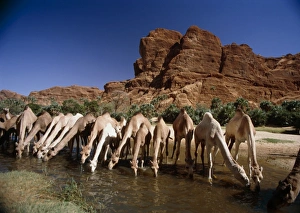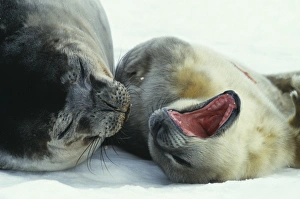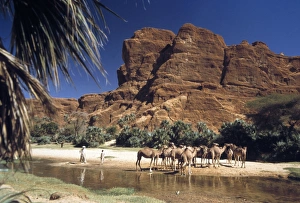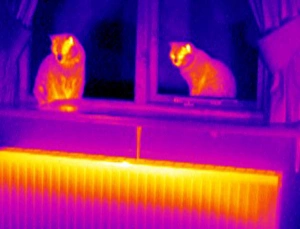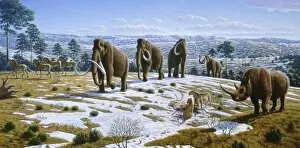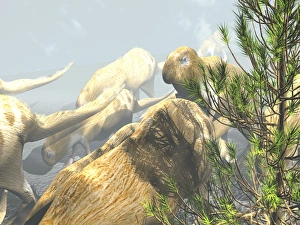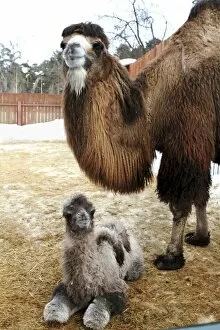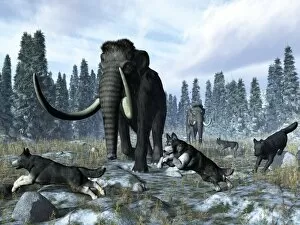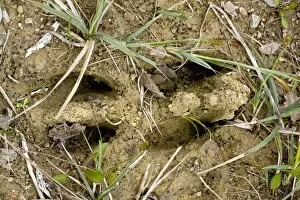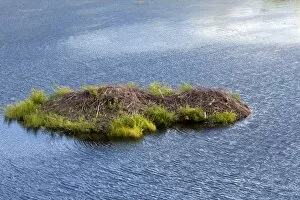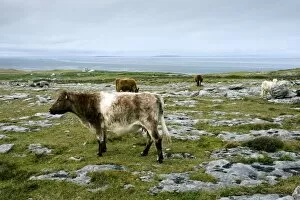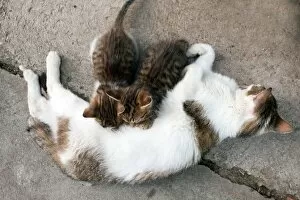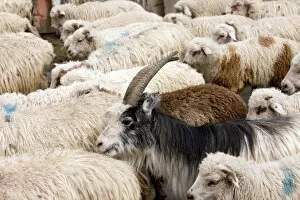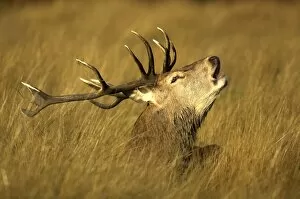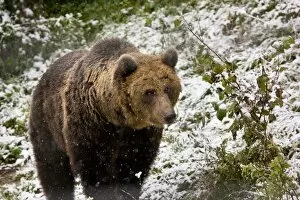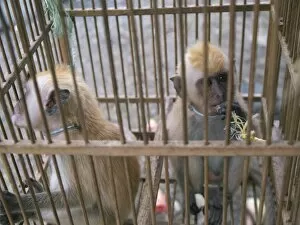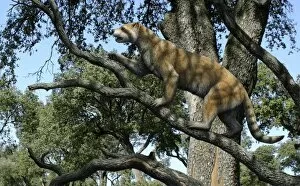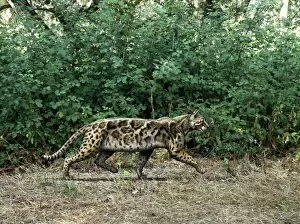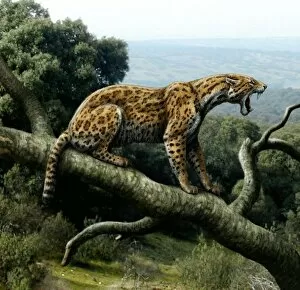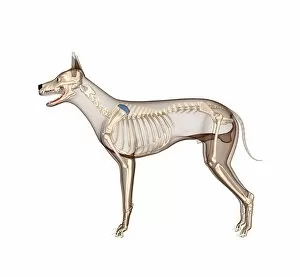M Ammals Collection (page 8)
"Captivating Mammals from Around the World
All Professionally Made to Order for Quick Shipping
"Captivating Mammals from Around the World: A Glimpse into Nature's Wonders" Dartmoor ponies grazing peacefully amidst the stunning Bonehill Rocks in Dartmoor National Park, Devon, England - a picturesque scene straight out of a fairytale. The majestic Lincoln Red herd of cattle roaming freely in the serene countryside of Donington-on-Bain, Lincolnshire, England, United Kingdom - an idyllic sight that embodies rural charm. Witnessing two bighorn sheep rams fiercely butting heads during the rut in Clear Creek County, Colorado, United States of America - nature's raw display of strength and dominance. A magnificent Red deer stag standing tall against a backdrop of vibrant autumn foliage - a symbol of grace and resilience in the heartwarming embrace of nature. Caught in action. An Okapi gracefully chewing leaves with its elongated tongue - showcasing its unique feeding habits and captivating beauty. A playful Capybara family enjoying their time by the water's edge - their adorable interactions reminding us that love knows no bounds even among animals. Meet Mr. Badger (Meles Meles) from the enchanting woodlands of United Kingdom, Europe – this nocturnal creature holds secrets to survival and adaptability within its furry paws. Behold. A breathtaking sight as a herd of elephants marches across vast African plains – these gentle giants remind us to cherish our wildlife heritage for generations to come. Highland cattle proudly gracing Isle Of Skye’s rugged landscapes with their iconic shaggy coats – embodying Scotland’s rich cultural heritage while thriving amidst untamed beauty. In Montana's wilderness lies a Grey wolf growling fiercely; an emblematic predator whose presence echoes through North America's untamed territories – capturing both fear and admiration simultaneously





